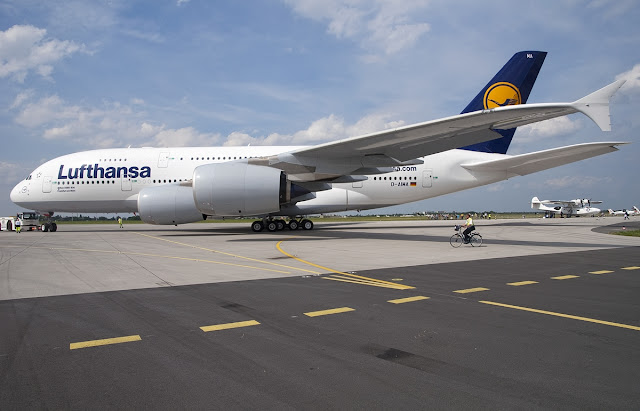Boeing B-52 Stratofortress Bomber Aircraft
Boeing B-52H Stratofortress bombers landed at Al Udeid, Qatar, Air Base on April 9, a display marking its first area based on the US Central Command (Centcom) of responsibility in a quarter century.
The US Air Force released images showing a pair of bombers coming from Barksdale Air Force Base, Louisiana, to support the campaign against militant Islamic State in Iraq and Syria.
Centcom is responsible for an area encompassing 20 countries in the Middle East, North Africa and Central Asia. B-52 were stationed in Saudi Arabia during Operation Desert Storm, the campaign to oust Iraqi forces from Kuwait in 1991.
The heavy bomber was blown up last operationally during Operation Enduring Freedom in Afghanistan in 2001, and for a exercise of Jordan last May, according to the Air Force. the B-1B Lancer bomber is replaced in the fight against Islamic State Inherent Resolve-operation.
The B-52 carries a payload of 70,000 pounds and can supply precision guided bombs, missiles, mines and cruise missiles launched from the air.
"The B-52 will provide continuous accuracy and deliver coalition airpower desired effects," said Lt. Gen. Charles P. Brown Jr., commander of the Central Command and the Combined Forces Air Component. "As a multi-function platform, the B-52 offers several capabilities, including precision weapons delivery and flexibility and necessary to support combatant commander's priorities and strengthen the resistance coalition team."
From April 5th US He has carried out 8,719 air strikes in Iraq and Syria as part of Operation Resolve inherent; coalition partners had made 2,679. participating nations in Iraq were: Australia, Belgium, Canada, Denmark, France, Jordan, the Netherlands and the United Kingdom; Syria: Australia, Bahrain, Canada, France, Jordan, the Netherlands, Saudi Arabia, Turkey, UAE and UK.
Since the beginning of the "kinetic" operations on August 8, 2014, until February 29, the campaign against the Islamic State has cost $ 6.5 billion, according to the Department of Defense of the United States.







